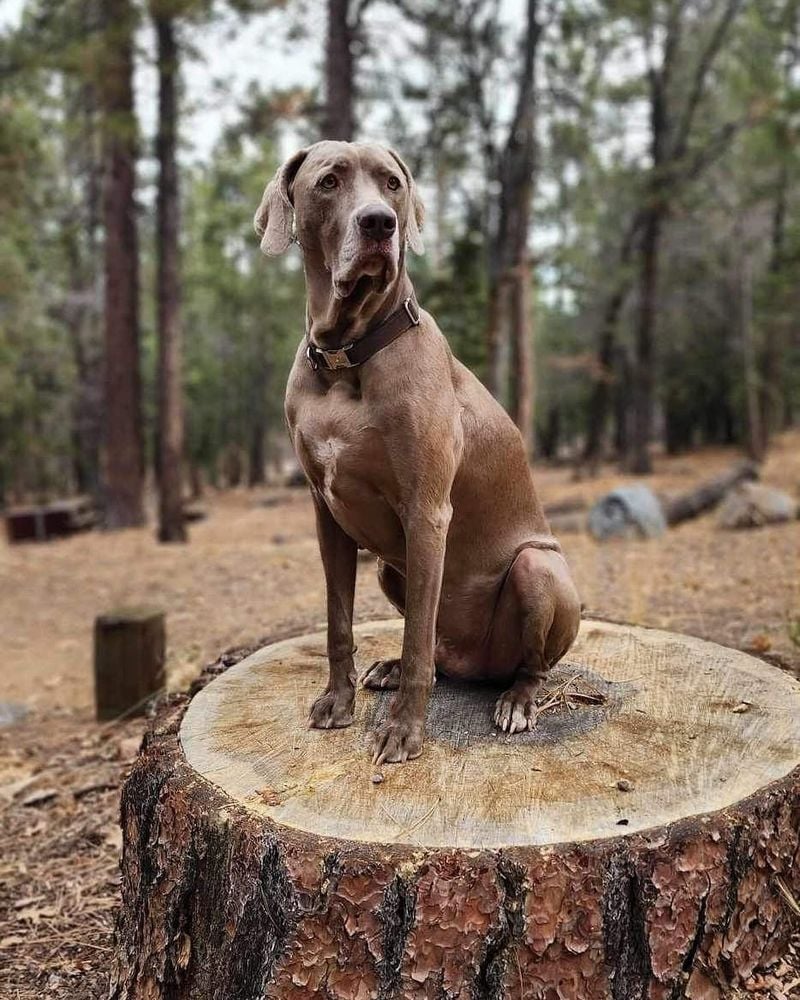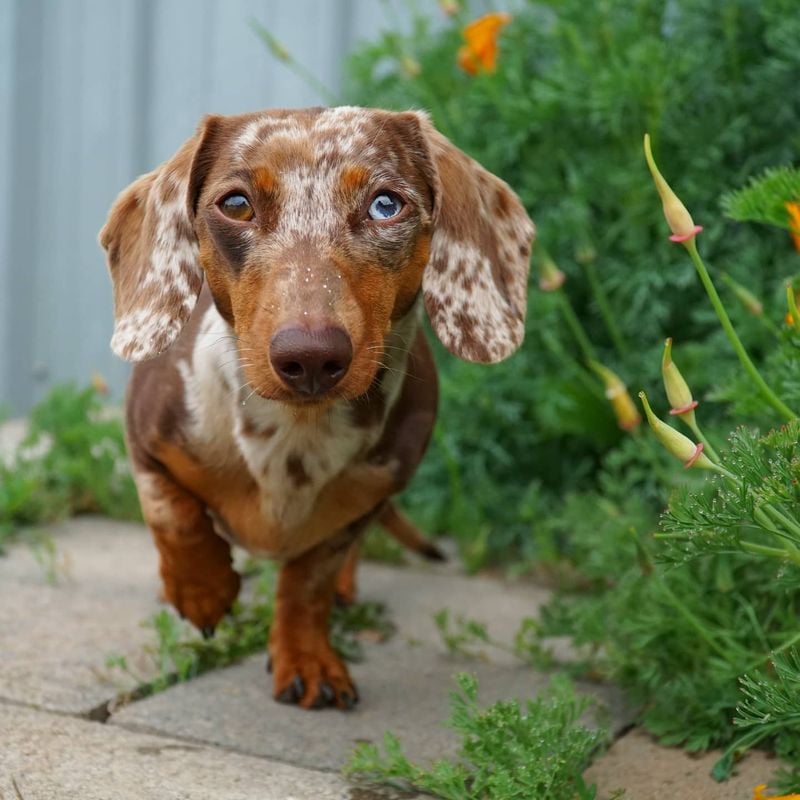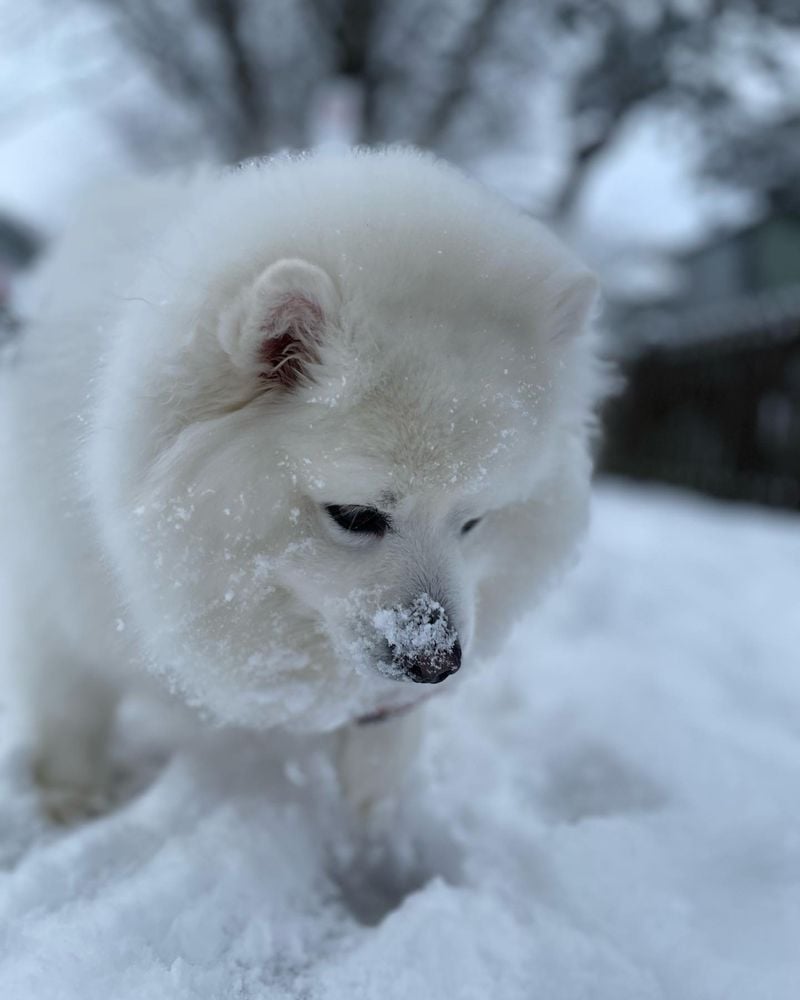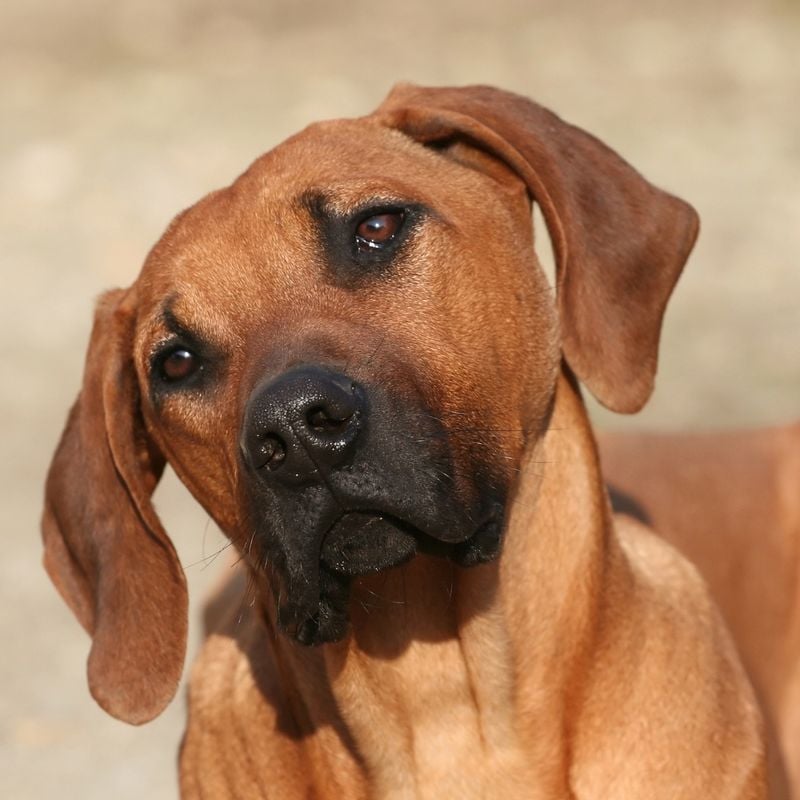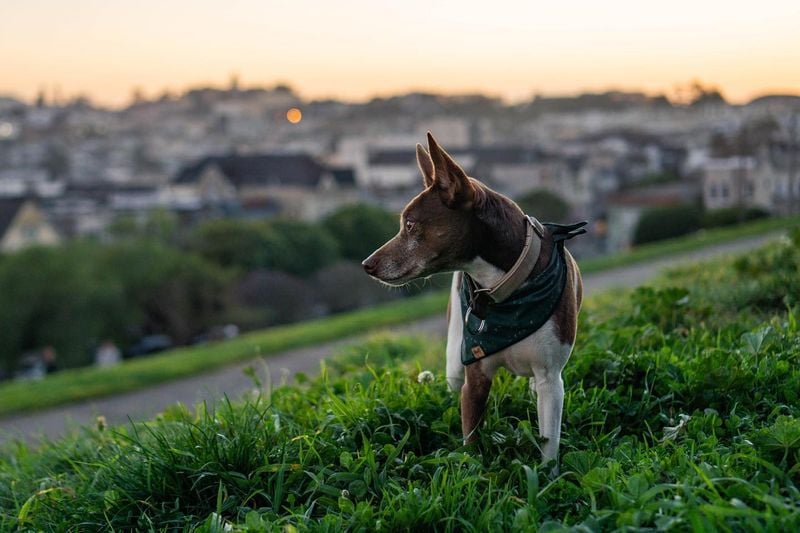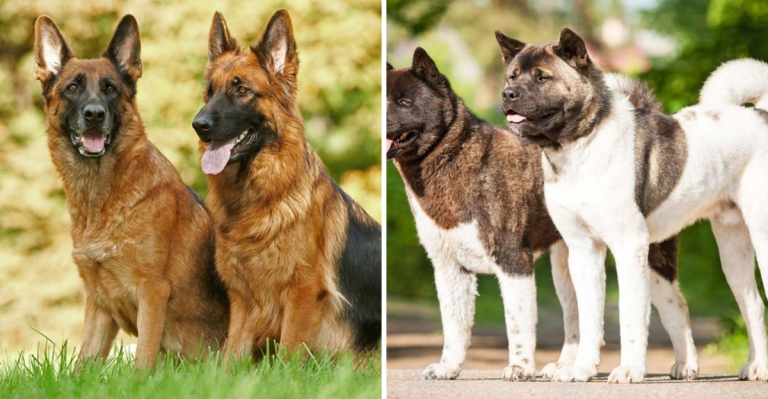22 Dog Breeds That Can’t Coexist Peacefully with Cats (No Matter How Hard You Try)
Bringing a dog and a cat under the same roof sounds like the setup for heart-melting social media posts—but for some breeds, it’s a recipe for chaos. While many dogs and cats can learn to live together peacefully, not all dog breeds are cut out for feline friendship. Some have instincts so deeply hardwired that no amount of training or exposure will stop them from seeing your cat as something to chase—or worse.
From high-energy hunters to independent thinkers with a strong prey drive, certain dog breeds just aren’t built for cohabiting with cats. These dogs were often bred for specific jobs—like hunting, herding, or guarding—which can make peaceful coexistence with smaller animals nearly impossible.
Even if a dog seems calm or affectionate with humans, their reaction to a fast-moving cat may be entirely different. Whether it’s the unrelenting energy of a Jack Russell Terrier, the powerful prey drive of a Siberian Husky, or the aloof independence of a Saluki, these breeds require careful consideration before adding a cat to the mix.
It’s not just about size or training—it’s about instinct. And understanding those instincts can be the difference between harmony and havoc in your household.
So if you’re thinking of adopting a dog but already have a cat—or vice versa—read on before you make the leap. Your cat (and your furniture) will thank you.
1. Siberian Husky
Siberian Huskies are known for their striking appearance and lively spirit. With a lineage tied to sledding in icy terrains, these dogs possess an innate drive to chase. This prey drive can make interactions with cats particularly tricky.
Their energy levels are off the charts, requiring ample exercise and mental stimulation. Even with training, a Husky may view a cat as something to pursue, rather than a companion.
It’s essential to understand their pack mentality; they thrive in groups but may not see a feline as part of their pack.
2. Jack Russell Terrier
Jack Russell Terriers are small dogs with big personalities. Known for their boundless energy and intelligence, they were originally bred for fox hunting. This background gives them a high prey drive, making cats potential targets of their unyielding curiosity. Their quick movements and playful demeanor can be overwhelming for a cat, leading to tense interactions.
While they are affectionate with humans, Jack Russells often see smaller animals as quarry. Without proper training and socialization, they may struggle to coexist peacefully in a multi-pet household where cats are present.
3. Alaskan Malamute
Alaskan Malamutes are powerful and dignified dogs with a rich history as sled dogs. Their strength and endurance are unmatched, but it’s their prey drive that poses a challenge in homes with cats.
Malamutes are independent thinkers, often driven by their instincts rather than commands. This independent nature can lead them to see cats as prey, rather than family.
They require firm training and ample exercise to channel their energy positively.
4. Beagle
Beagles are charming and friendly, but beneath their floppy ears lies a tenacious hunter. Bred for tracking and hunting, their incredible sense of smell can lead them astray in pursuit of scents, including those of cats.
Their vocal nature and determination can create a challenging environment for cats, who may find the Beagle’s persistence overwhelming. With a nose that never quits, Beagles can follow their instincts, sometimes leading them to chase.
5. Greyhound
Greyhounds are synonymous with speed and grace. Bred for racing, their instincts drive them to chase anything that moves quickly. This includes cats, which they may see as something to pursue rather than a playmate.
Despite their gentle nature with humans, their prey drive remains a challenge when cats are involved. Greyhounds require ample space and exercise to keep them content, but even in a loving home, their instinctual behavior can make cat interactions problematic.
6. Australian Cattle Dog
Australian Cattle Dogs are known for their intelligence and herding capabilities. With a work-driven mindset, they excel in environments that require persistent focus and energy. However, their inclination to herd can translate into chasing smaller animals, including cats.
Their protective instincts and strong will can make it difficult for them to accept a cat as part of the household. Without proper supervision, they may attempt to herd or chase, leading to stress for feline companions.
7. Border Collie
Border Collies are renowned for their intelligence and herding abilities. With a keen instinct to control movement, they excel in agricultural settings but can struggle with cats. Their desire to herd often leads them to chase, making felines feel uncomfortable.
Border Collies require mental stimulation and physical activity to channel their energy, but even with training, their herding instincts may surface unexpectedly. They thrive in structured environments, often seeing cats as something to organize rather than companions.
8. Weimaraner
Weimaraners are known for their regal appearance and boundless energy. Originally bred for hunting, their instinctual drive to chase can create tension in homes with cats. Their loyalty to family members is profound, but their curiosity often leads them to view smaller animals as potential game.
Weimaraners need consistent training and exercise to keep their instincts in check. Despite their affectionate nature with humans, cohabiting with cats requires careful management.
9. Dachshund
Dachshunds are small dogs with a big sense of adventure. Originally bred to hunt badgers, their instincts to chase run deep. This makes living with cats a potential challenge, as Dachshunds may see them as creatures to pursue.
Their bold personality and tenacity often lead them into mischief, especially when smaller animals are involved. Despite their size, they possess a strong will, making training essential to curbing their natural inclinations.
10. Dalmatian
Dalmatians are iconic for their distinctive spots and energetic nature. Originally bred as carriage dogs, their history involves guarding and accompanying horses, indicating a protective streak.
This can pose challenges in homes with cats, as Dalmatians may view them as intruders. Their high energy levels require regular exercise, and without it, they may become frustrated.
11. Airedale Terrier
Airedale Terriers hold the title of the largest terrier breed, known for their confidence and intelligence. Bred for hunting and working, they possess a strong prey drive that can make living with cats difficult.
Their independent nature and curiosity often lead them to chase smaller animals, including felines.
12. Shiba Inu
Shiba Inus are known for their spirited personality and independent nature. Often compared to a cat in their demeanor, they are not always feline-friendly. Their strong prey drive and stubbornness can lead to chasing smaller animals, including cats.
Shibas require a confident owner who can provide consistent training and boundaries. While they are loyal and affectionate with their families, their interactions with cats need careful supervision.
13. American Eskimo Dog
American Eskimo Dogs are known for their striking white coats and playful nature. With origins linked to performing dogs, they possess intelligence and agility. However, their lively spirit can lead to chasing smaller animals, including cats.
Their curiosity and energy levels require ample exercise and mental stimulation to prevent boredom. Proper training and supervision are essential to manage their behavior in multi-pet households, ensuring peace between these energetic dogs and feline companions.
14. Basenji
Basenjis are unique with their barkless nature and elegant stature. Known as the “barkless dog,” they compensate with other vocalizations and expressive behaviors.
Bred for hunting in Central Africa, their strong prey drive can lead to chasing smaller animals, including cats. Their independence and curiosity often get the better of them, requiring firm training and supervision.
Despite their aloof nature, they can be affectionate with their families, but interactions with cats need careful management.
15. Whippet
Whippets are graceful and gentle dogs, known for their speed and agility. Bred for racing, they possess a strong prey drive that can make living with cats challenging.
Their gentle nature with humans doesn’t always translate to smaller animals, which they may see as something to chase. Managing their behavior around cats involves understanding their natural inclinations.
They thrive in environments where their love for movement is embraced, yet their interactions with smaller animals are closely monitored.
16. Rhodesian Ridgeback
Rhodesian Ridgebacks are known for their strength and distinctive ridge of hair along their backs. Bred for hunting lions, their protective and independent nature can pose challenges in homes with cats. Their instincts may drive them to chase smaller animals, viewing them as prey rather than family.
Their strong-willed personality and hunting background make them best suited for homes where their traits are understood and respected.
17. Pekingese
Pekingese are small dogs with a big presence. Known for their regal demeanor and independent streak, they often see themselves as the rulers of their domain. This can lead to conflicts in homes with cats, who may not appreciate the Pekingese’s assertive nature.
18. Miniature Schnauzer
Miniature Schnauzers are known for their lively personalities and distinctive appearance. Originally bred for ratting, their prey drive can lead them to chase smaller animals, including cats.
While they are affectionate and loyal to their families, their interactions with cats need careful supervision. Training is essential to channel their instincts positively, ensuring a peaceful coexistence in multi-pet households.
19. Rat Terrier
Rat Terriers are small dogs with a tenacious spirit. Bred for hunting vermin, their prey drive is strong, making them prone to chasing smaller animals, such as cats. Their energetic and curious nature requires ample exercise and mental stimulation to prevent boredom.
20. Irish Wolfhound
Irish Wolfhounds are gentle giants, known for their towering stature and calm demeanor. Originally bred for hunting wolves, their instincts can lead them to chase smaller animals, including cats.
Training and socialization are crucial to ensure peaceful coexistence in multi-pet households. Despite their imposing appearance, they possess a tender heart, making them unique companions in homes where their traits are understood.
21. Pharaoh Hound
Pharaoh Hounds are known for their grace and regal appearance. With a history dating back to ancient Egypt, they possess a strong prey drive, making interactions with cats challenging.
Training and socialization are essential to manage their instincts and ensure peaceful coexistence in multi-pet households.
22. Salukis

Elegant, fast, and dignified, Salukis are among the oldest dog breeds in the world, once revered by ancient civilizations for their speed and hunting prowess. But behind their regal appearance lies a deeply ingrained prey drive that can make living with cats extremely problematic.
Originally bred to chase down game across vast deserts, Salukis have lightning-fast reflexes and a strong instinct to pursue anything small and moving. This makes cats, especially skittish or playful ones, look like prey rather than companions. Even if raised alongside a household cat, a Saluki may still struggle to control its natural chase instincts when a feline darts across the room.
Salukis are also known for being aloof and independent, which means they’re less responsive to training that asks them to override instinctual behaviors. Unlike some dogs who can learn to “leave the cat alone” with firm guidance, Salukis may never fully suppress their drive to chase.








